Blog
Practical Tips.
Inspiring Stories.
Creative Process.

What if 2026 Wasn't About More—But Better?
It's happening again.
I'm seeing it in discovery calls, in Slack messages, in the energy my clients bring to coaching sessions as we head into December. That familiar restlessness. The shiny object syndrome. The ambitious declarations about what 2025 is going to be.
More clients. More services. More team members. More revenue. More, more, more.

Creating with Gratitude (2025)
Two years ago, I wrote about creating with gratitude, sharing practices like Morning Pages, Creative Fuel Days, and keeping a positive mindset. All of that still stands. But this year, after working with dozens of creative professionals and agencies, I've learned something harder and more honest about gratitude:
It's not a natural habit. It's a forced practice.
And that changes everything.

The Creative's Guide to Saying No (Without Burning Bridges)
Here's what I've learned after 20+ years in creative leadership: Learning to say no isn't about being unavailable. It's about being available for what actually matters.

Your Capacity Is Never What You Think It Is
Creative agencies desperately need this. And almost none of us are doing it.
Here's the problem: We're making capacity decisions based on emotional toil rather than actual data.
That complex brand strategy feels like 20 hours, so we scope it that way. That "simple" social campaign feels easy, so we squeeze it in. We're guessing. And our guesses are almost always wrong.
The result? We overcommit, eliminate margin, and rob ourselves of the space needed for truly excellent creative work.

Foundational Reading for Creatives & Agencies
I'll never forget reading The Accidental Creative by Todd Henry for the first time. It was one of those rare moments where someone puts words to something you've been feeling but couldn't articulate. An awakening of sorts.
That's what a truly great creative book does—it doesn't just inform you, it transforms how you see your work.
In 20 years of creative leadership, I've read plenty of bad books (most could be a blog post instead of 12 dragging chapters). But I've also found a handful I can't stop recommending. The ones I buy multiple copies of and ship to creatives all over the country. The ones that keep coming up in conversations with the best people I know in this field.
My college professor used to say, 'Leaders are readers.' If you want to lead your creativity well, you need to learn from those who've gone before you and are doing the work you're doing now.
So whether you're new to this community or just ready to reinvest in your creative foundation, here's where to start:"

What You Do Today Matters Tomorrow
Here's what Ben discovered about his parents. Here's what I discovered about mine. And here's what I see missing in most creative professionals I work with:
Practice + Preparedness over Time = Success
Let me break that down.

SOS: When Shiny Objects Sink Your Creative Ship
You know that rush you get when a brilliant new idea strikes? That electric feeling of possibility? Yeah, creative teams are addicted to that feeling.
And it's killing their ability to ship work.
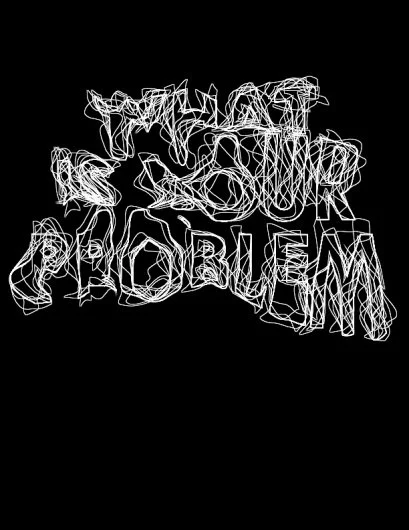
What Problem Do You Solve?

The Ritual: The Rhythm That Saves Everything
I've mentioned before my love for a book that sits on my nightstand, Daily Rituals: How Artists Work. I'm infatuated with "the process"—how others do what they do, specifically creatives.
In my third installment of this introductory series, I want to explore the rituals, or rhythms as we call them in our home, of creative professionals and what impact that has not only on their productivity, but their creativity as well.

The TOOLS: Beyond the Productivity Hype
The creative world has a tool problem.
Not because we don't have enough tools—we have more productivity apps, project management systems, and creative software than we could possibly use in a lifetime.
The problem is we've confused having the right tools with being the right kind of creative.
We chase the latest app, thinking it'll finally make us organized. We switch project management systems, hoping this one will be different. We collect notebooks and digital tools like they're going to magically transform our process.
But here's the truth: your tools don't define who you are as a creative. They serve to make your life more creative and more efficient.
That's it. That's their only job.

The SETUP: The Foundation You Can't Ignore
I used to think my workspace didn't matter that much.
I mean, creativity comes from within, right? You should be able to create anywhere, under any conditions. That's what "real" creatives do.
Then I started paying attention to when I felt most creative versus when I felt stuck. And I noticed something: my environment was either setting me up for success or sabotaging me before I even started.
Your setup—your physical creative space—isn't just about having a pretty Instagram-worthy office. It's about creating a foundation that helps your Future You get into flow faster, think more clearly, and stay focused on what matters most.
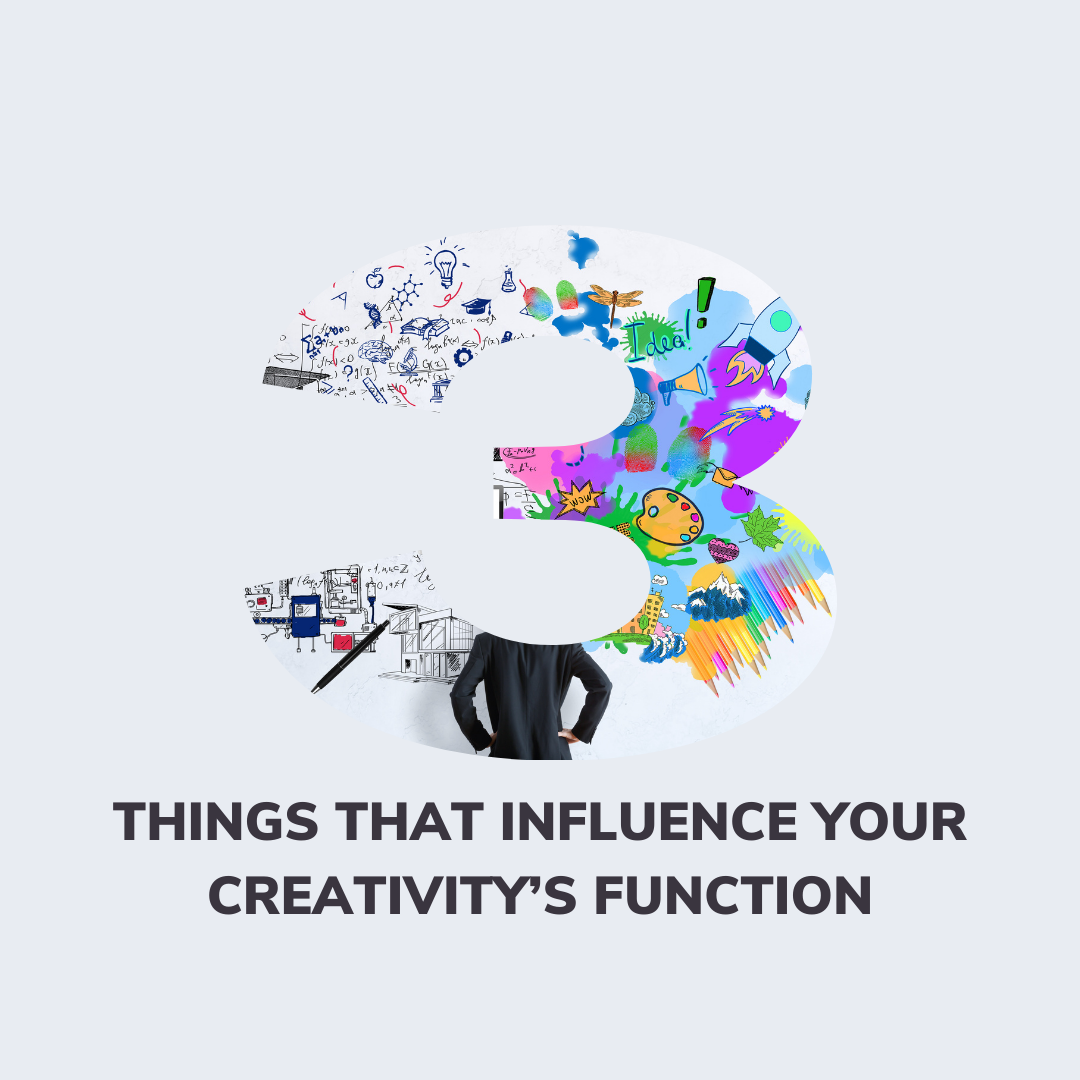
The Three Things That Influence Your Creativity’s Function
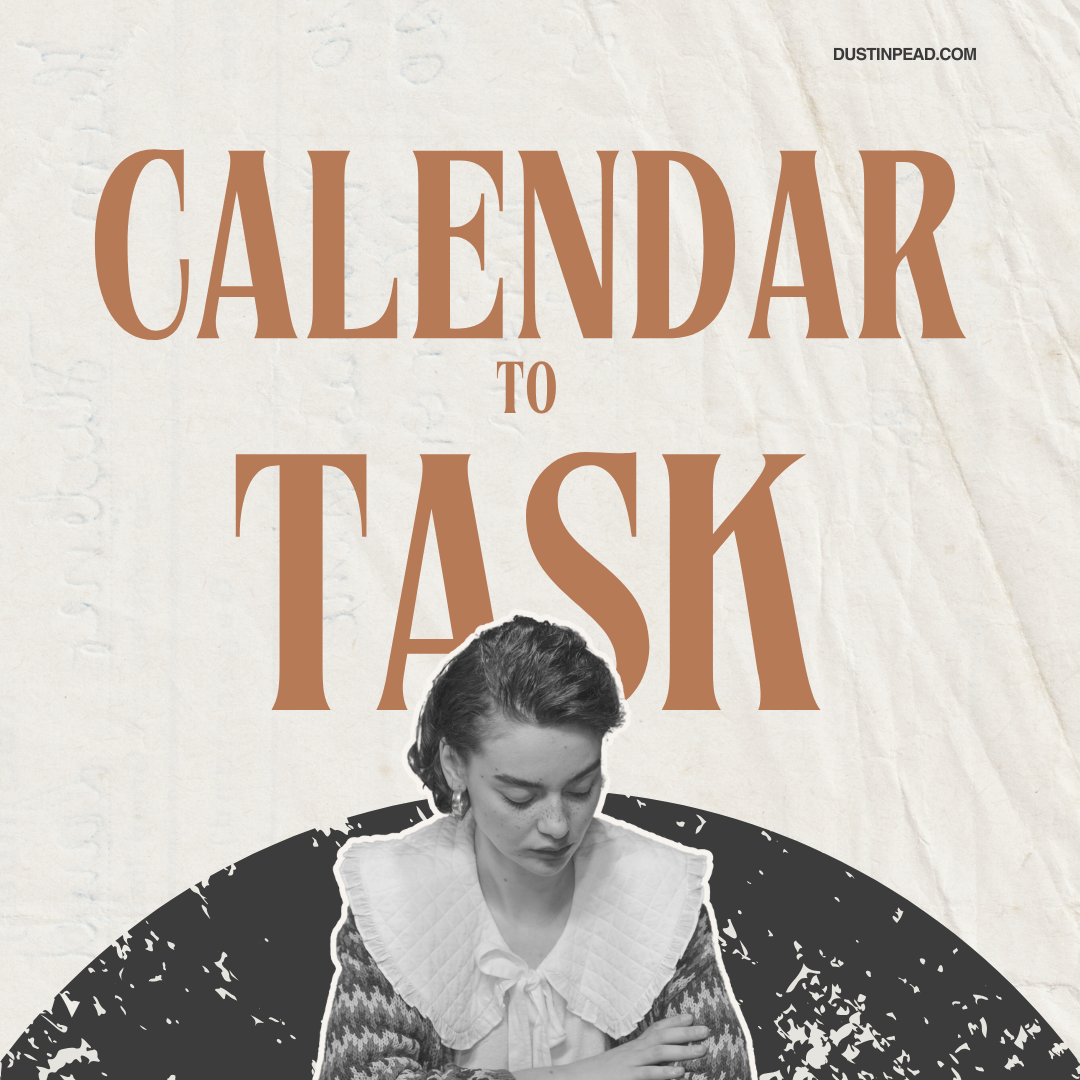
Calendar to Task Optimization

Record Yourself to Replicate Yourself

Why I Record Every Meeting
Most people record meetings like they're hiring a digital stenographer—hoping to catch someone in a contradiction or create meeting minutes no one will read.
I record meetings for a completely different reason: to eliminate context switching and ensure nothing falls through the cracks.

Building Momentum: Small Wins That Lead to Big Success
The gap between vision and execution can often feel massive. That novel idea, killer design, or long-term project often stalls, not because of a lack of talent, but because the path feels overwhelming. That’s where small wins come in. Quick victories build confidence. They silence doubt. And most importantly, they get the ball rolling.

How to Protect Your Best Creative Energy Daily
Your best creative work happens when your energy is at its peak. But most creative professionals are burning through their prime energy on emails, admin tasks, and endless meetings—leaving their actual creative work for when they're already drained.
What if you could flip this script? What if your most important creative work got your best energy, every single day?
Here's the truth: Not all hours are created equal. You probably already know you have natural energy highs and lows throughout the day. But are you actually protecting those peak windows for your most important creative work?
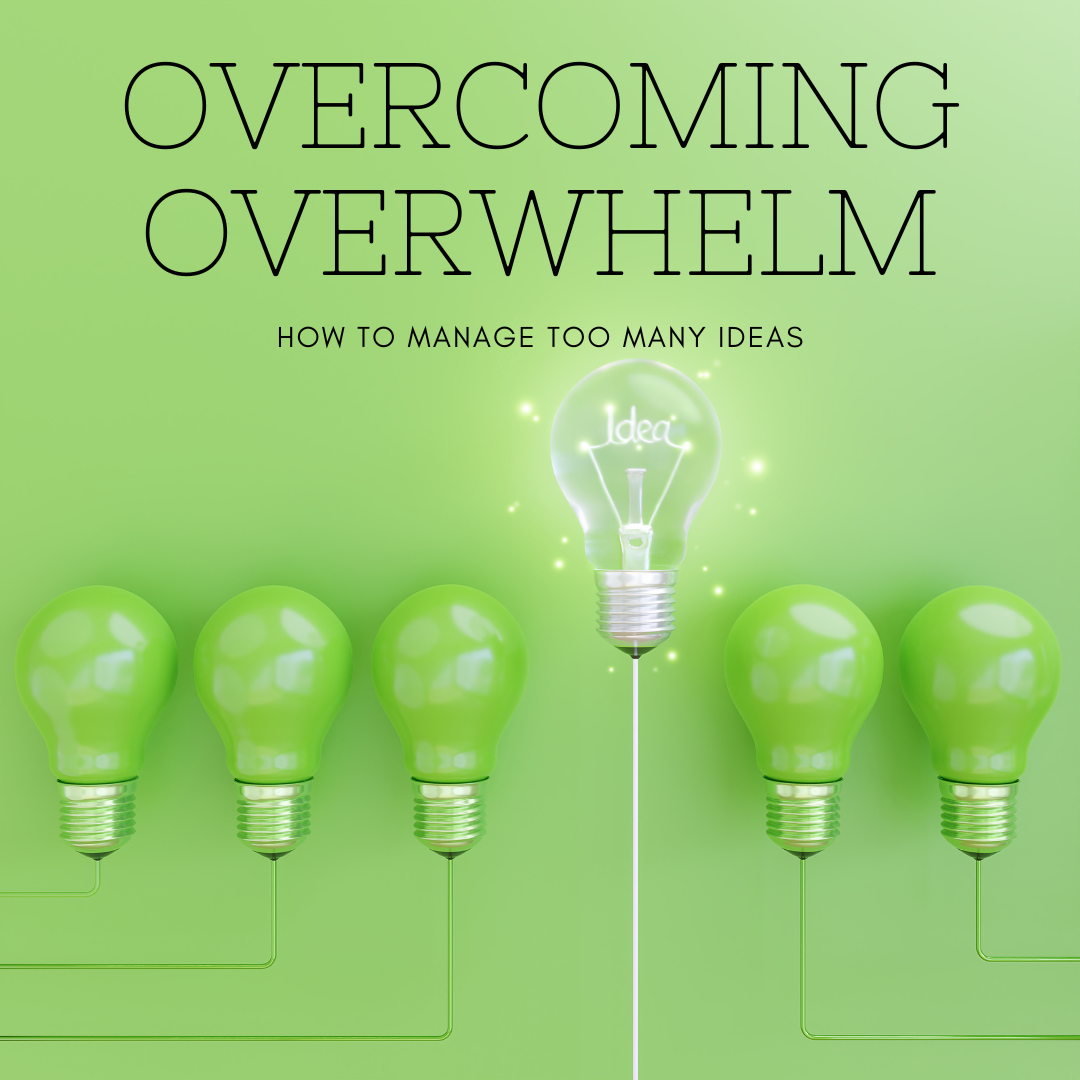
Overcoming Overwhelm: How to Manage Too Many Ideas
If you're a creative professional, you know the feeling: your brain is bursting with brilliant ideas, but instead of excitement, you feel paralyzed. Which project should you tackle first? How do you choose between equally compelling opportunities? When everything feels urgent and important, how do you move forward without losing your mind?
The truth is, having too many ideas isn't really about creativity—it's about systems. Or rather, the lack of them.

Consider: The #1 Brain Hack You Can’t Operate Without
Picture this: You're deep in a creative project, totally in the zone, when suddenly your phone rings. It's an urgent client call that derails your entire afternoon. When you finally return to your work the next morning, you stare at your screen like you're looking at hieroglyphics.
What was I working on? Where was I headed with this? What decisions had I already made?
Sound familiar? You're not alone. This scenario plays out thousands of times every day in creative businesses around the world, and it's costing us more than just time—it's stealing our creative momentum and mental energy.
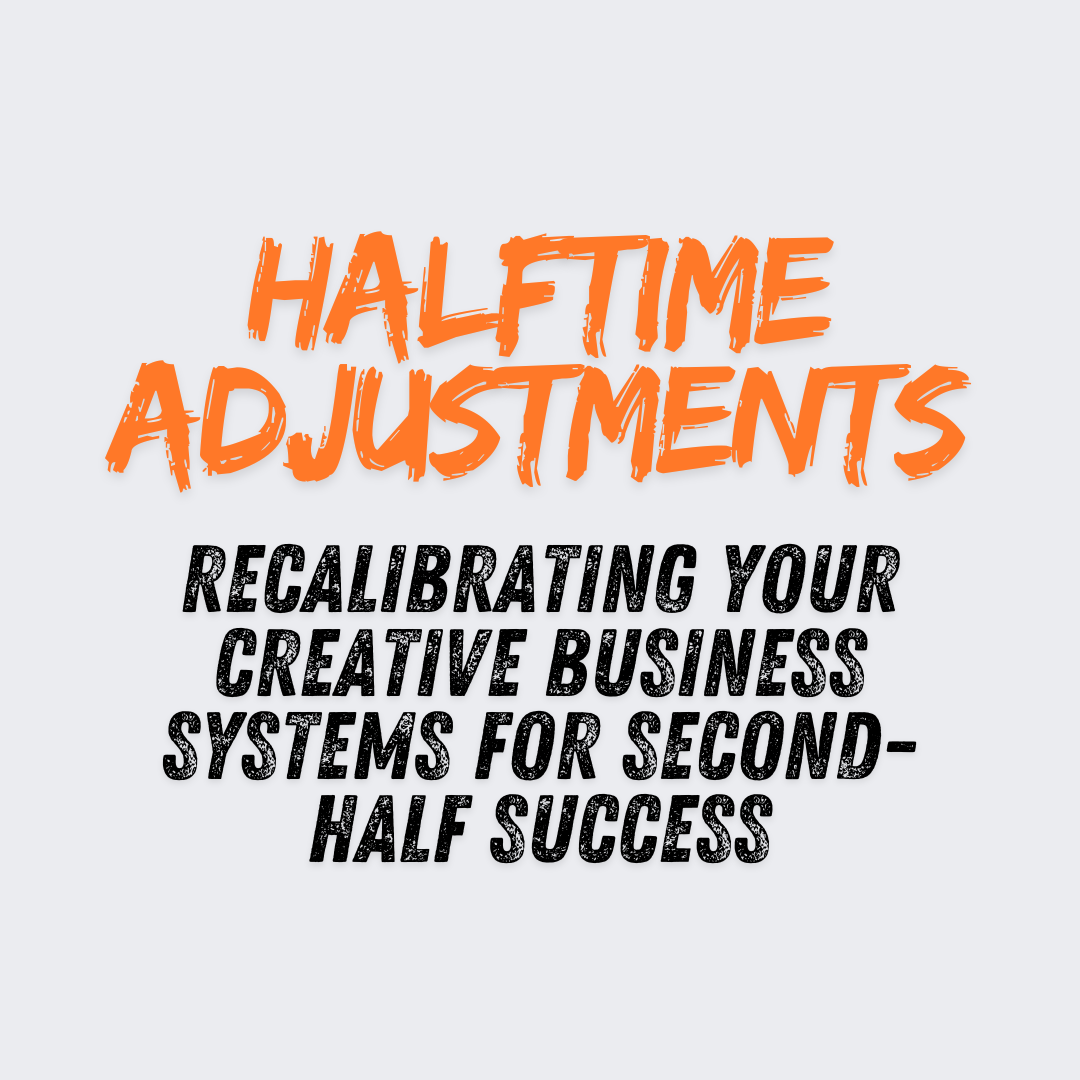
Halftime Adjustments: Recalibrating Your Creative Business Systems for Second-Half Success
We're past the midpoint of the year, and if you're like most creative professionals, you're probably feeling the weight of accumulated chaos. Projects that started with clear vision have become tangled webs of revisions. Systems that worked in January are now creaking under the pressure of growth. Your team—whether it's just you or a growing studio—is running on fumes.
